Ceramic Stereolithography.
C100 Easy FAB.
Properties
3D Printer for developing & prototyping
Highlights
Free link support technology
User friendly
Stereolithography laser
A pressure tank (1,5 liter) feeding to provide the material quantity required for an optimized run 100*100*150
Peristaltic pump for flowrate control to manage quantity of printed ceramic slurry
Easy scale up to C3600 (600 x 600 x 300 mm)
C100 Easy LAB.
Properties
The freedom to develop your own process
Highlights
Free link support technology
Dedicated to R&D development
User friendly
Stereolithography laser
Start a printing run with only 60 mL of ceramic formulation
Cartridge of 180 mL, 360 mL, 600 mL or 920 mL available)
C3600 Ultimate.
Properties
For mass production of
big parts
Highlights
Industrial 3D printer
Free link support technology
Stereolithography laser
Reduced unit price / parts
Reduced cleaning time
Well adapted to serial printing
Materials offered for Ceramic Stereolithography.
- Oxide Ceramics.
-
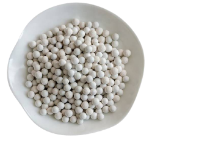
Alumina.
Good mechanical behaviour in the high temperatures, good thermal conductivity & high electric resistivity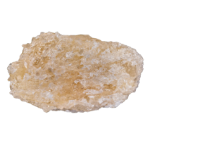
Zirconia.
Excellent mechanical properties, Chemical inertness & High Hardness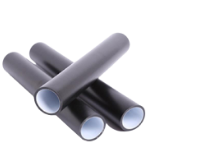
Silicore.
High mechanical resistance, Porous ceramic, good leachability and Very stable at high temperature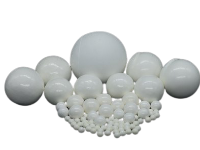
Alumina Toughened Zirconia.
Great Hardness and tenacity, Biocompatibility and Resistance to wear and thermal shock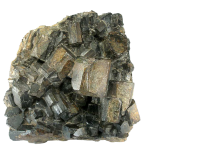
Cordierite.
Low CTE (Coefficient of Thermal Expansion), Low thermal conductivity, Wear Resistant and Good for vacuum application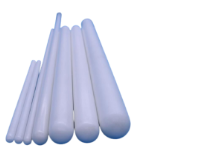
Zirconia 8Y.
Ionic conductivity, Oxygen-ion conductivity and Heat insulating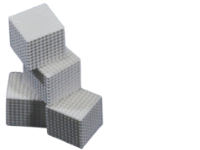
TCP.
Biocompatible and Bioresorbable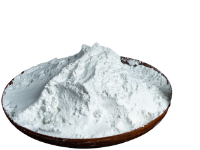
Silice Si02.
Good leachability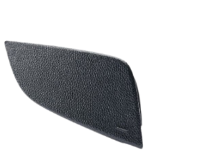
HAP.
Biocompatibility, Excellent bioactivity and Good osseointegration - Non-Oxide Ceramics.
-
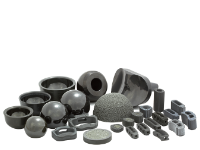
Silicon Nitride.
Good resistance to thermal shocks, Good resistance to wear, Mechanical properties, Low wettability against molten metals, Good electrical insulation, Resistance to corrosion (liquid and gas)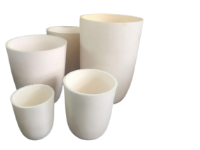
Aluminum Nitride.
High thermal conductivity, Electrical insulation and Good mechanical strength
Ceramic Stereolithography.
Ceramic additive manufacturing (C-AM) is highlighted as a technology that can overcome the inherent limitations of ceramics such as processability and formability. This process creates a structure by slicing a 3D model and stacking ceramic materials layer-by-layer without mold or machining.
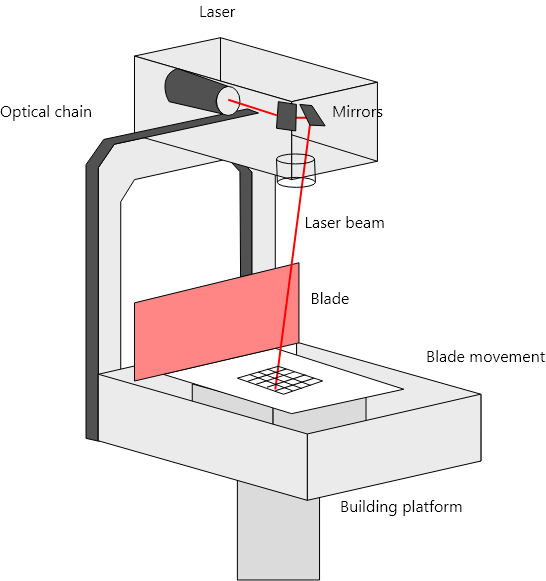
3D Ceram offers a wide range of ready-to-use high strength ceramic pastes and the top-down stereolithography enables technology that can print without supports. The tray moves down as the part itself is built from the bottom-up. 3DCeram is able produce consistent parts with high precision and fine details.
The feeding of the printing material is done by a printing material is fed into a cartridge which is simply filled at the beginning of the printing cycle. It is possible to re-fill the cartridge during the printing cycle.


